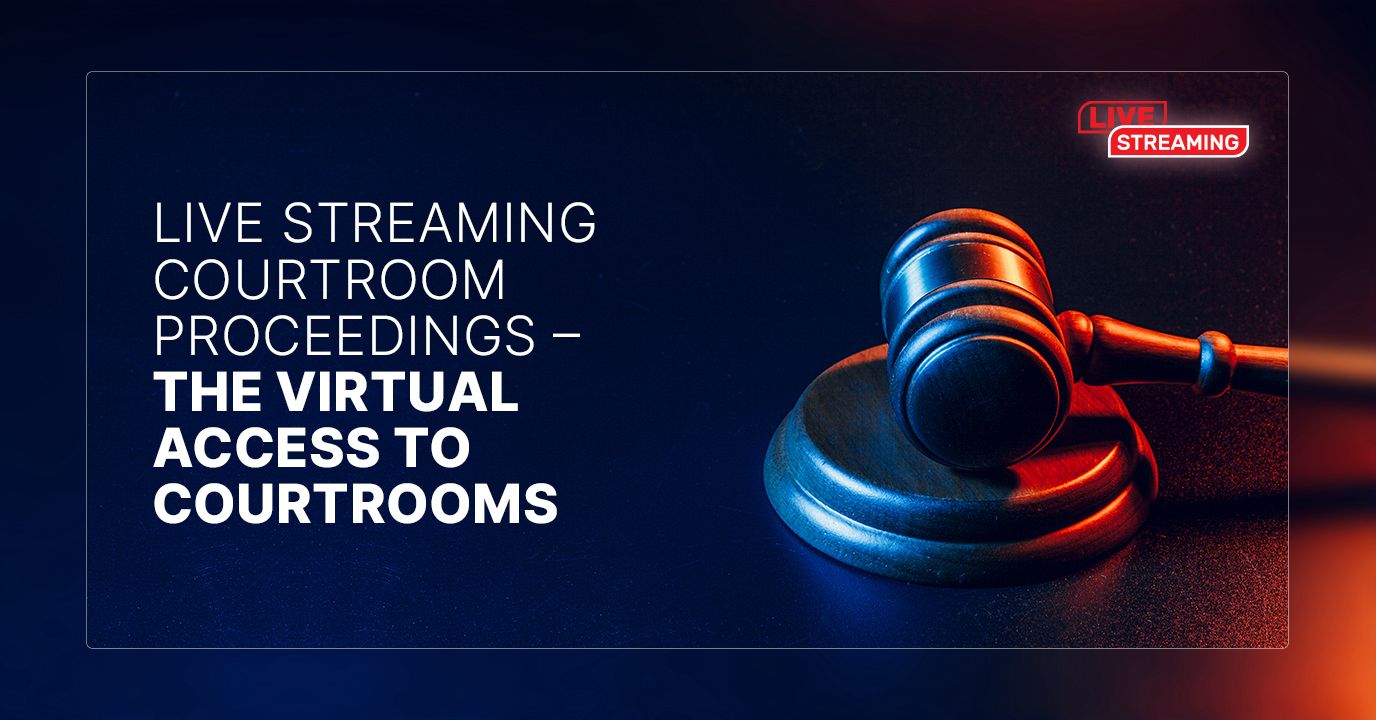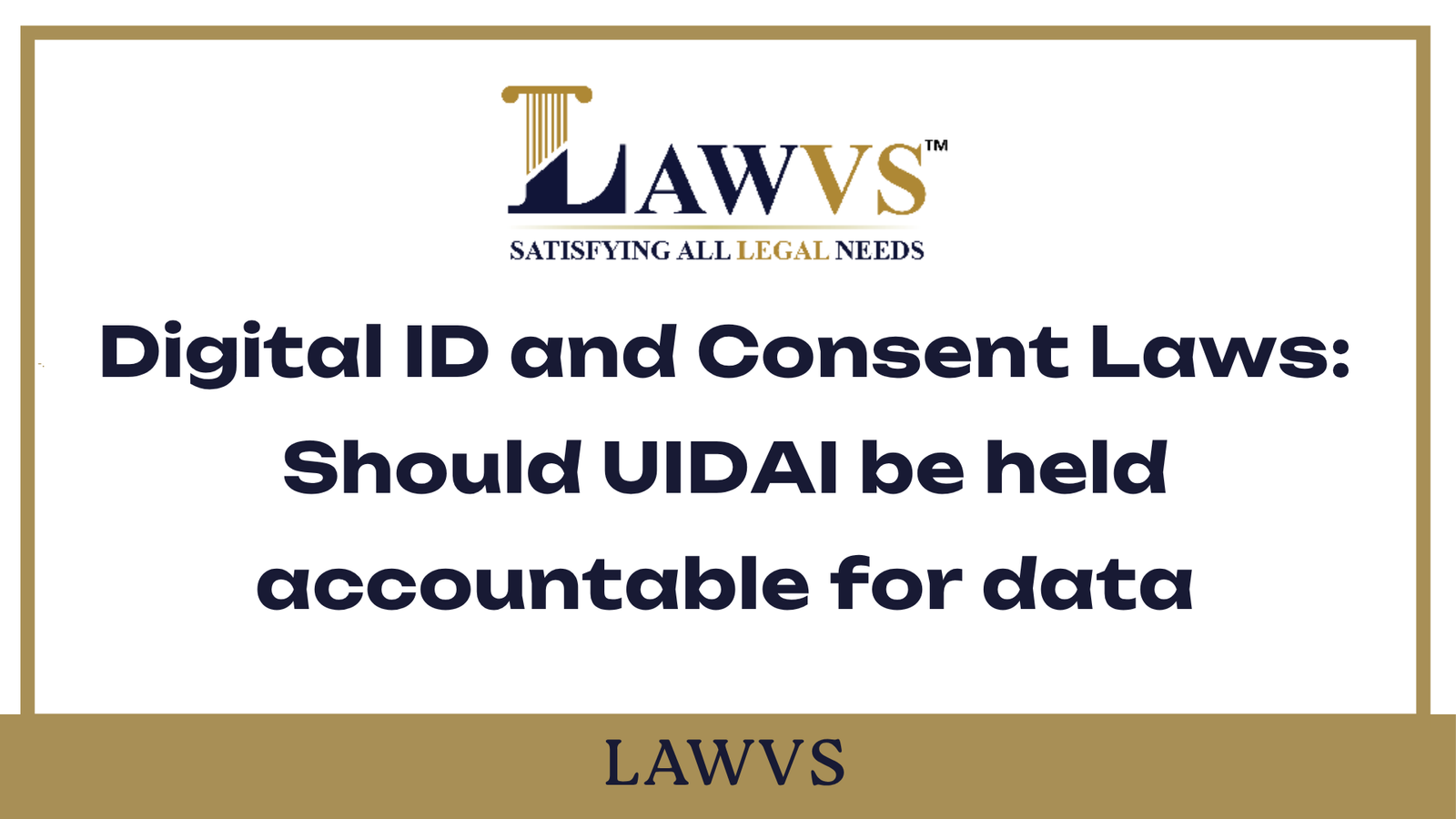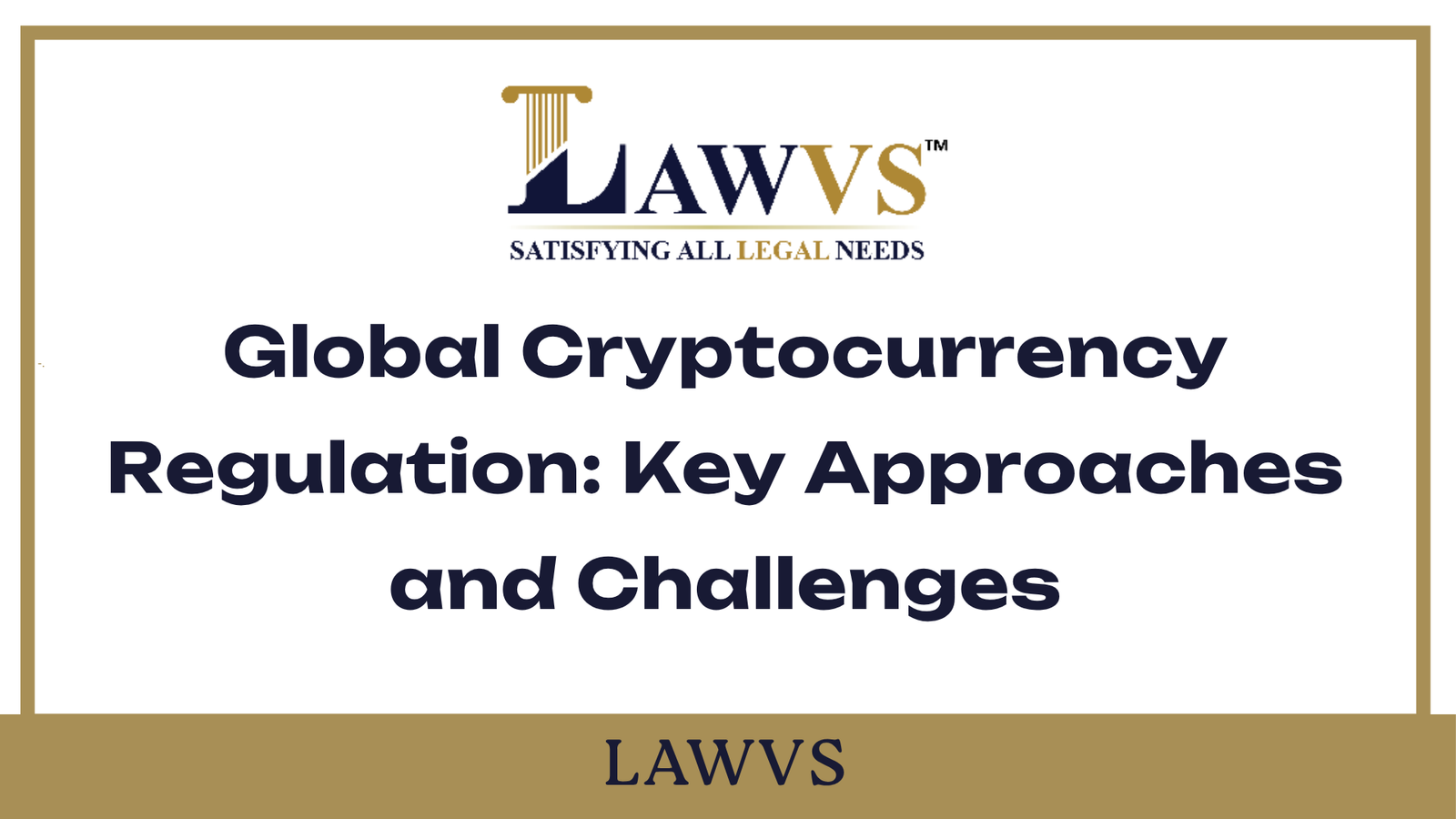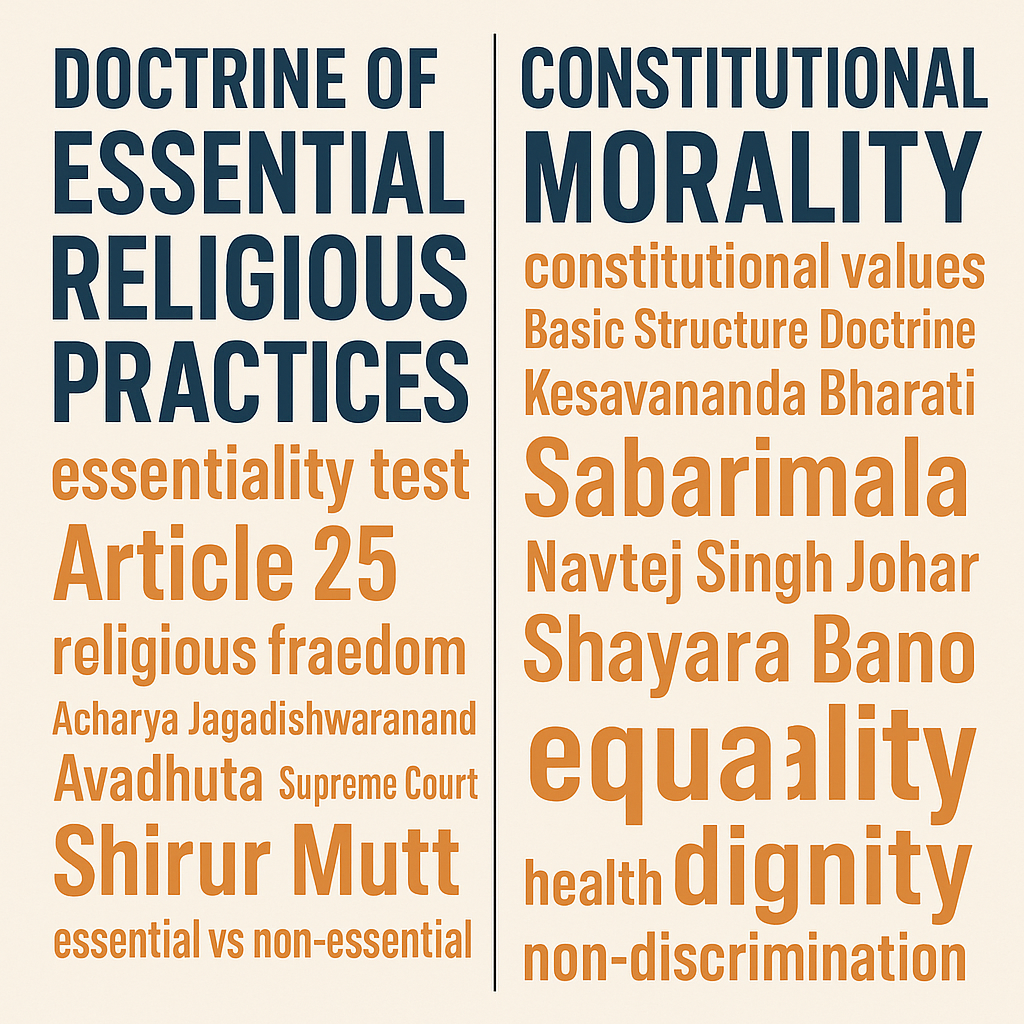Introduction
In 2022, the Supreme Court of India started live streaming Constitution Bench proceedings — a historic step toward making the judiciary more accessible. But this bold move has sparked debates about judicial transparency vs. sensationalism and the risk of “trial by media.”
Why Live Streaming Matters
-
Public Trust & Transparency
Courts are public forums. Broadcasting hearings can increase citizens’ trust and awareness in the justice system. -
Legal Education & Awareness
Law students, advocates, and journalists gain first-hand exposure to courtroom discourse, arguments, and judge’s reasoning. -
Bringing Judiciary Closer to the People
Common people, often alienated from complex legal proceedings, can now watch how rights are argued and laws interpreted.
Supreme Court’s Viewpoint
In Swapnil Tripathi v. Supreme Court of India (2018), the SC held that live streaming is part of the right to access justice under Article 21. It emphasized that public interest outweighs institutional discomfort.
Risks and Concerns
-
Media Trials & Public Pressure
High-profile cases could turn into entertainment spectacles. Judges and lawyers may feel pressured by public perception. -
Impact on Witnesses and Victims
Sensitive cases involving sexual offences, juveniles, or national security may be harmed by exposure. -
Selective Clipping & Misrepresentation
Snippets of hearings may be taken out of context and used to manipulate public opinion on social media. -
Behavioral Changes in Courtroom
Lawyers might perform for the camera; judges might self-censor or act more cautiously, affecting the quality of justice.
What Can Be Done?
-
Case-by-Case Discretion: Not all cases need to be streamed — only those with constitutional significance or public interest.
-
Strict Guidelines: Broadcasting should be done with delayed telecast, no commentary, and anonymity for sensitive parties.
-
Educational Focus: Footage should be archived for academic and public education rather than just live viewing.
Conclusion
Live streaming is a welcome move toward judicial openness, but it must not come at the cost of fair trial rights, judicial dignity, or individual privacy. The balance between public access and courtroom integrity must be carefully maintained.








